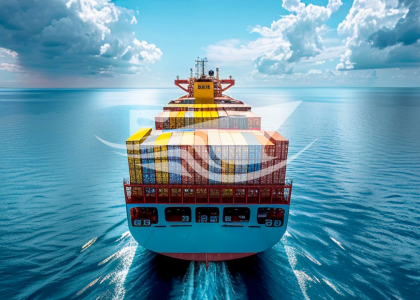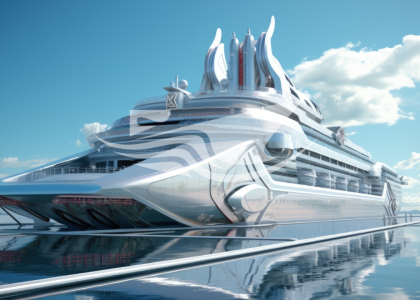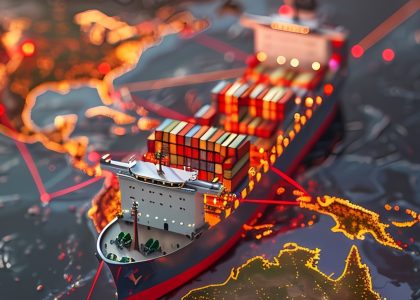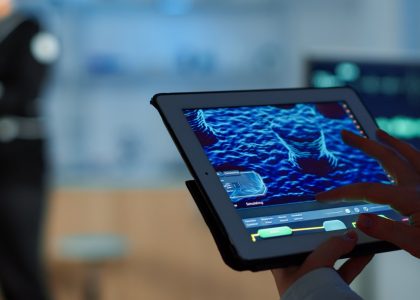The maritime industry is taking bold steps toward maritime net-zero emissions by 2050. As global trade grows, so does the environmental responsibility of shipping. To address this, the International Maritime Organization (IMO) has introduced a clear roadmap, pushing the sector toward a greener and more sustainable future (image by: freepik).
IMO Strategy Leads the Way Toward Net-Zero
In 2023, the IMO updated its GHG strategy. This revision sets a firm target of reaching maritime net-zero emissions around 2050. The plan also includes checkpoints in 2030 and 2040. These milestones are designed to monitor progress in reducing ship carbon intensity and increasing the use of near-zero or zero-emission fuels.
Short-Term Emission Rules for Maritime Compliance
Starting January 1, 2023, the IMO enforced two key regulations: the Energy Efficiency Existing Ship Index (EEXI) and the Carbon Intensity Indicator (CII). These rules encourage shipowners to modernize their fleets, reduce emissions, and align with 2030 goals of reducing emissions by 40% compared to 2008 levels.
Clean Technology Innovation Drives Maritime Net-Zero Emissions Cuts
Innovative technologies are vital for meeting these goals. From cleaner fuels like ammonia and methanol to onboard carbon capture systems, the maritime sector is exploring diverse solutions. In parallel, ship designs are becoming more energy efficient, helping operators reduce fuel consumption.
Fuel Standards and Pricing for Long-Term Net-Zero Goals
Looking ahead, the IMO has drafted the “IMO Net-Zero Framework” in 2025. This mid-term strategy includes a fuel standard and emissions pricing system. Such measures will incentivize clean technology investment and create long-term market certainty for zero-emission alternatives.
Global Partnerships Accelerate Maritime Emissions Reduction
To ensure a just transition, the IMO also supports developing countries with technical and financial assistance. These efforts promote equitable access to cleaner technologies and enable all nations to participate in climate-resilient shipping.
The Future of Maritime Net-Zero Emissions
With regulations, innovation, and global cooperation in motion, the maritime industry is sailing steadily toward maritime net-zero emissions. This journey demands action from every stakeholder, but the rewards are clear: cleaner oceans, sustainable trade, and a future-proof maritime economy.







